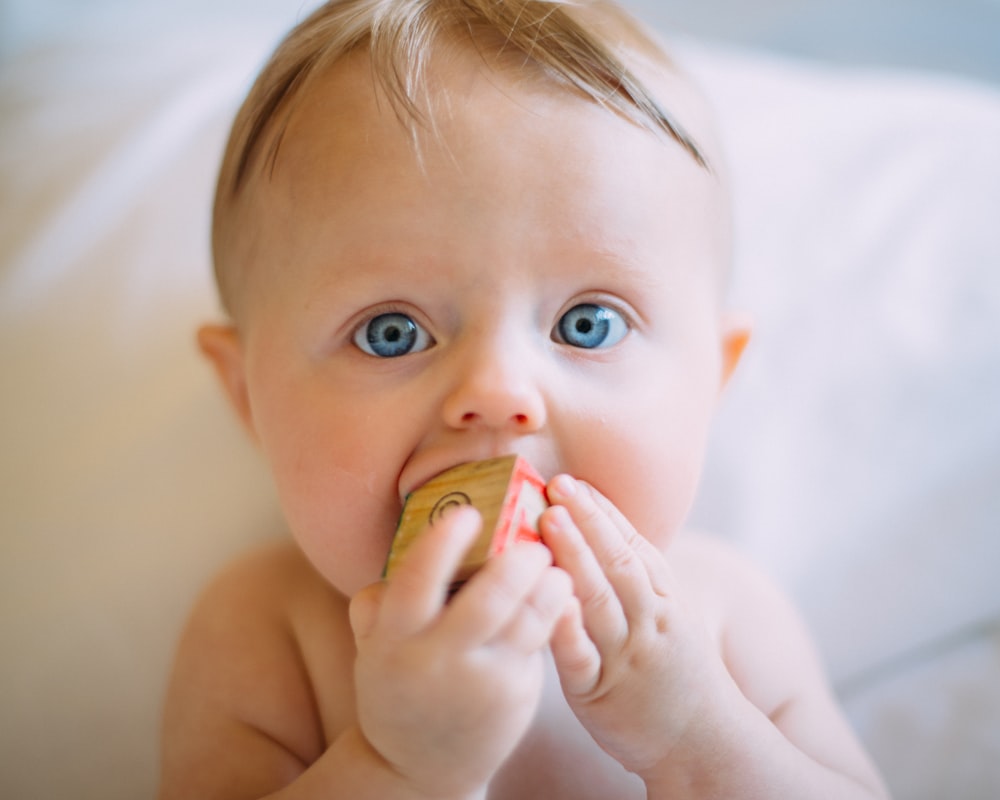hy Does My Baby Sweat So Much From the Head While Sleeping? | Causes & Solutions
Why Does My Baby Sweat So Much From the Head While Sleeping?
As a parent, noticing your baby sweating excessively from the head while sleeping can be concerning. Is it normal? Could it indicate an underlying issue? In this comprehensive guide, we’ll explore the reasons behind this common phenomenon, when to seek medical advice, and practical tips to keep your little one comfortable.

Common Reasons Why Babies Sweat From the Head While Sleeping
1. Immature Sweat Glands
Babies have underdeveloped sweat glands, with most concentrated on their heads. Since their bodies can’t regulate temperature as efficiently as adults, they often release excess heat through their scalp.
- Newborns sweat more because their sweat glands aren’t fully functional.
- Premature babies may sweat even more due to less developed systems.

2. Overheating Due to Overbundling
Many parents worry their baby might get cold, leading to overdressing or excessive bedding. This can cause overheating, with sweat as the body’s natural cooling response.
Signs your baby may be too warm:
- Damp hair or pillow
- Flushed cheeks
- Rapid breathing
3. Deep Sleep Cycles
Babies spend more time in deep sleep (REM sleep) than adults. During this phase:
- Heart rate and breathing increase
- Brain activity rises
- Body temperature fluctuates
This natural process can lead to sweating, especially on the head.

When Should You Be Concerned?
While head sweating is usually normal, certain signs warrant medical attention:
1. Fever Accompanied by Sweating
If your baby has a fever (temperature above 100.4°F or 38°C) along with sweating, it could indicate an infection.
2. Sweating During Feeding
Excessive sweating while eating might signal heart or lung issues, especially if accompanied by:
- Fast breathing
- Poor weight gain
- Bluish lips

3. Other Unusual Symptoms
Consult your pediatrician if sweating occurs with:
- Lethargy
- Poor feeding
- Vomiting
- Failure to thrive
How to Keep Your Baby Comfortable
1. Dress Appropriately
A general rule of thumb: dress your baby in one more layer than you’re wearing.
2. Maintain Ideal Room Temperature
Keep the nursery between 68-72°F (20-22°C). Use a room thermometer to monitor.

3. Choose Breathable Bedding
Opt for:
- 100% cotton sheets
- Lightweight sleep sacks
- Firm mattress without pillows or heavy blankets
4. Hydration is Key
For older babies (6+ months), offer small sips of water to prevent dehydration from sweating.

Myths About Baby Head Sweating
Myth 1: Sweating Means the Baby is Weak
False! Sweating is a normal physiological response, not an indicator of weakness.
Myth 2: Head Sweating Predicts Future Health Issues
No scientific evidence links infant head sweating to long-term health problems.
Myth 3: Sweaty Babies Need More Vitamins
Unless diagnosed with a deficiency, extra vitamins won’t reduce sweating.

Final Thoughts
Most cases of baby head sweating during sleep are completely normal and resolve as their thermoregulation matures. By maintaining a comfortable sleep environment and monitoring for unusual symptoms, you can ensure your baby rests safely. When in doubt, always consult your pediatrician for personalized advice.
Still Have Questions?
Every baby is unique. If you’re concerned about your little one’s sweating patterns, don’t hesitate to reach out to your healthcare provider for guidance tailored to your child’s specific needs.
Related Topics You Might Find Helpful
- How to Create the Perfect Sleep Environment for Your Baby
- Understanding Baby Sleep Cycles: What’s Normal?
- Signs of Overheating in Infants and How to Prevent It
- When to Worry About Your Baby’s Sweating: A Pediatrician’s Perspective